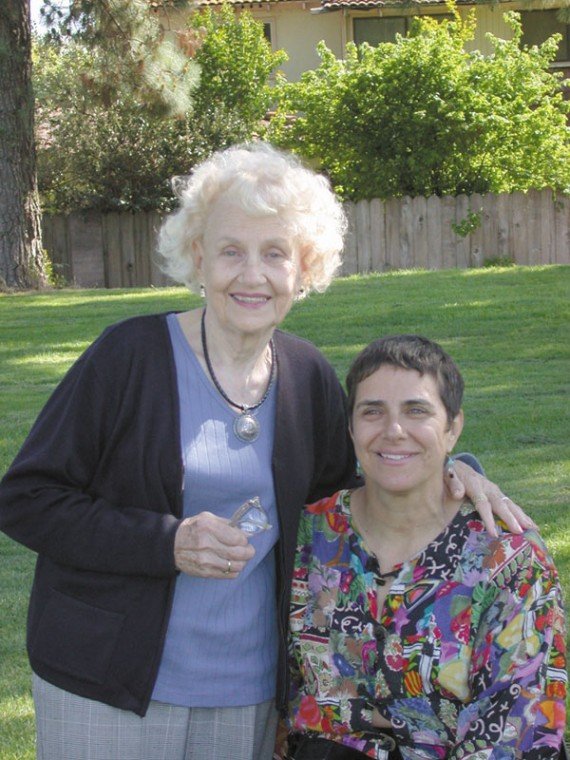She remembers dancing. She remembers hiking. And Molly Hale also
remembers waking up mid-air as her car rolled off Highway 280
between 92 and Black Mountain Road in June 1995. She’d fallen
asleep at the wheel and nothing would ever be the same.
She remembers dancing. She remembers hiking. And Molly Hale also remembers waking up mid-air as her car rolled off Highway 280 between 92 and Black Mountain Road in June 1995. She’d fallen asleep at the wheel and nothing would ever be the same.
Hanging upside-down in the car, Hale was forced to wait two agonizing hours as rescue workers cut her from the wreckage.
Her position ended up being fortuitous. It was only her suspension at that angle that kept enough blood flowing to her brain for Hale to maintain consciousness. Unfortunately, the news at the hospital was not so wonderful.
Hale’s fifth cervical vertebrae was fractured. The slender, athletic Aikido black belt was told she would never walk again.
“I was told I would be quadriplegic,” said Hale. “I had no movement past my shoulders. I was familiar with my body, and while the physicians were telling me that I was paralyzed, I actually had a feeling of vitality. It was because of that that I was able to dismiss their picture of what I was capable of.”
Born Molly Sacco, Hale was raised in Gilroy by parents Jim and Ruth Sacco, and graduated from Gilroy High in 1967.
The baby of the family and never one to back down from a challenge, Hale had been hauled up to tree houses, secured to go-carts and taught to handle snakes as a young girl by her three older brothers, Jim, Gary and Mack.
A summa cum laude graduate of Colorado State University, a student of the martial arts and a former architectural designer, Hale also had a well-developed sense of patience, too.
Determined to walk again, Hale set about the task of retraining herself to function after her release from two months spent at Stanford Medical Center.
Her goal: to match the memories she dreamed of each night with the sobering reality that confronted her each morning. She decided to start small.
Hale willed herself to focus on making the most minute of muscle movements, manipulating the layer of muscles closest to her skeleton.
The movements weren’t visible, but Hale could feel herself tensing her muscles. Once able to make limited movements on her own, she imitated babies, trying to follow whatever motion her body could make.
Hale ever-so-slowly made progress, to the shock of her doctors who thought her determination to move was simply a refusal to accept her state.
She regained limited use of her hands and arms. She learned to move her legs in the confines in a pool, slowly learning to walk under water.
On land, Hale returned to the Aikido dojo where she had been training to test for her third degree black belt before the accident. Despite her physical limitations, she completed the third level test in her wheel chair and advanced her rank on merit rather than ceremony. Most astonishingly, she is learning to walk again on dry land.
Hale’s challenges and triumphs, recorded in the documentary “Moment by Moment,” produced by Dorothy Sadiman and Anilise Hyllmon, detail not only her triumphs, but also the hurdles that have come along the way.
With uncensored honesty she describes her struggles to relearn bladder control, to maintain her marriage and to continue leading a normal a life – one filled with outings, work and even sex.
“A part of the film is just a love story,” said Hale. “For people with catastrophic injuries or illnesses, about 75 percent of partnerships dissolve. People are totally unaware of what can happen, and the fact that my husband (Jeramy) was able to maintain his sanity and be there was also part of the story.”
“Moment by Moment” will show at Gilroy Presbyterian Church, 6000 Miller Ave., on Sunday, Feb. 13 at 3pm.











